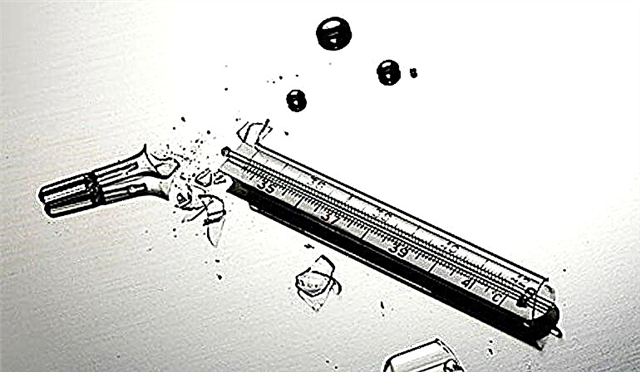Women who were lucky enough to visit the hospital probably noticed that approximately on the third day of the baby's life, blood is taken from his heel, why is this done?
Screening

This is called the first screening of a baby, which, according to a blood test, shows more than fifty possible pathologies in the condition and future development of the child. After all, the first days of a baby's life cannot always indicate to young parents the presence of any ailment.
When is

In maternity hospitals, it is carried out approximately on the third day of life, since soon the mother herself will be prepared for discharge. Normally, this analysis can be carried out in the first ten days, the result will be reliable and reliable.
Risk of error

Some experts argue that such screening should not be carried out in the first two days of life, since it is at this moment that the risk of receiving an erroneous result is high. In any case, if doctors suspect that something is wrong, they will definitely write out a referral to a certain narrow specialist.
How to prepare your baby

To make the analysis as reliable as possible, you need to take it on an empty stomach. Before taking the biomaterial, the leg must be washed with soap and then wiped with an alcohol solution.
How is blood drawn

The procedure is not really unusual. The nurse, after processing the heel, makes a small puncture in it, then the blood is taken.
The first drop that has emerged is always removed with a sterile cotton swab, then the material is already taken that will be sent for research in the future. The collection takes place by applying blood to a special porous napkin, which is subsequently dried and sent to the laboratory.
The finished result

Newborn
The material is processed from ten to fourteen days, after which young parents receive the result of a genetic study.



